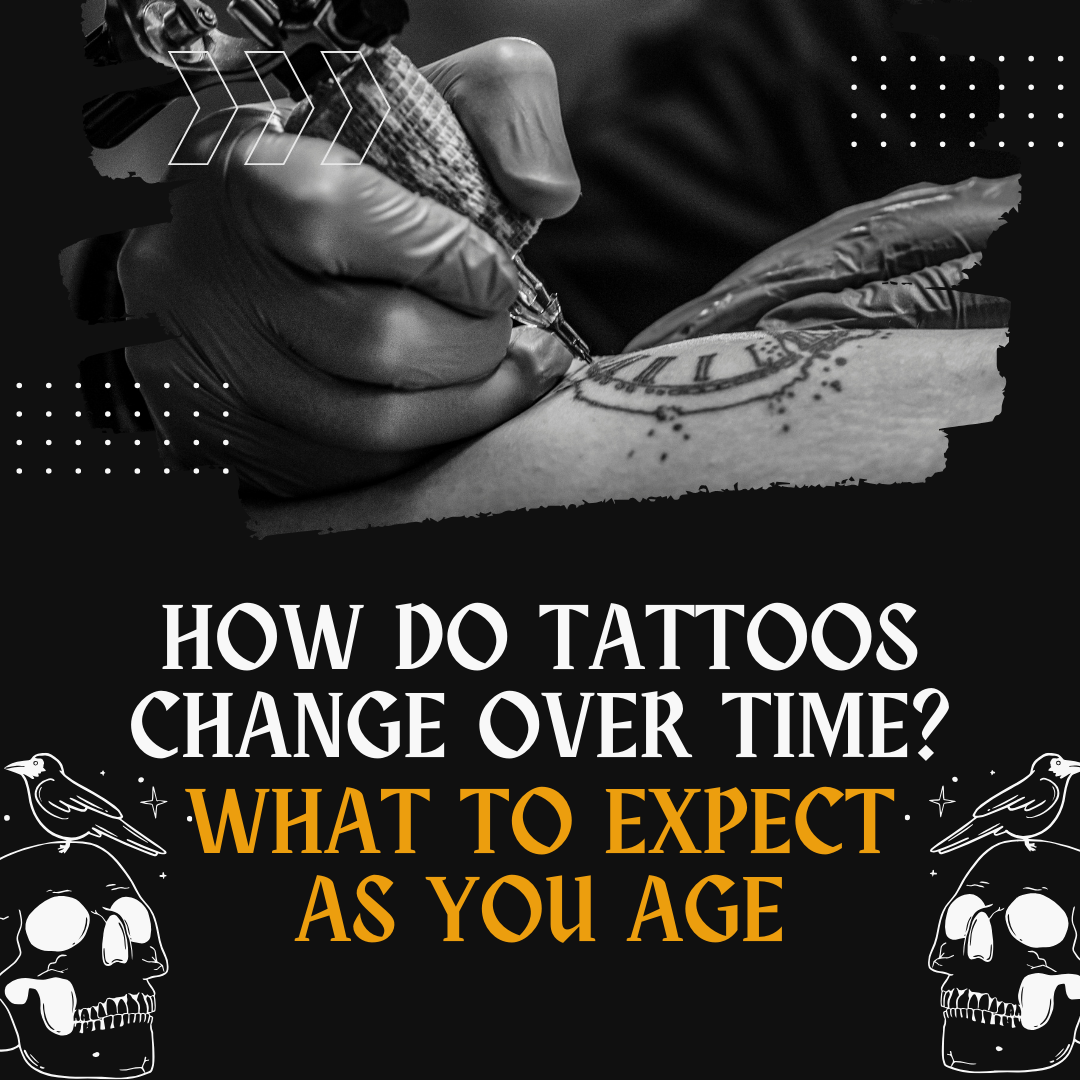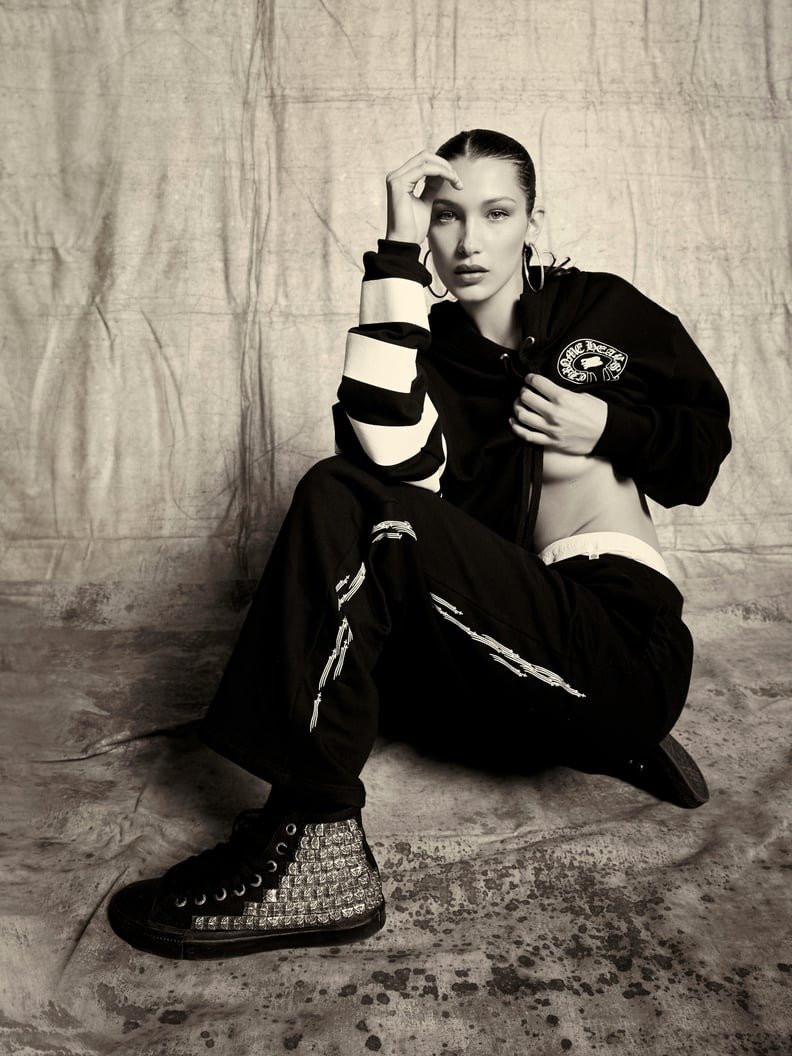Tattooing is one of the trends that has been dominating the beauty world due to its ability to depict someone’s personality, beliefs, or significant life events. No matter the size or how vibrant the shade, what is etched on your skin is not just art but a self-identity that will not fade away.
But like every other aspect that life has to offer, tattoos also undergo a transition at some point in time. We grow older, and so do our tattoos, as the body endures different changes throughout the years. For anyone thinking about getting a tattoo or already has one, it helps to know how tattoos can transform over time to help set realistic expectations to enjoy the permanent body art for as long as possible.
A new tattoo is always splendid, bright and gives the impression of sharpness. The ink is deposited in the dermis – the second layer of the skin, while the outer layer heals over the inked area. A tattoo in the beginning may seem well drawn and forever carved. Nevertheless, as a person grows older, his or her skin alters in several ways such that it becomes less elastic, thinner, and may also develop fine lines or wrinkles. This can have an impact on the appearance of your tattoo.
As for the second point, one has to accept the fact that tattoos fatigue over time just like people and their looks change with the years. Indeed, one of the biggest concerns the majority of individuals have regarding their tattoos is their durability over time. Well, it is necessary to know what awaits a person with tattoos when becoming older, how to maintain a tattoo, and how to protect it from ill effects as people age.
If you are in a city, for example Delhi, and are searching for the best tattoo places in Delhi to get your first tattoo, or maybe to retouch your old tattoo, this blog post will help you set reasonable expectations and to make your tattoo look vibrant when you age.
1. Skin Ageing: A Key Factor
With advancing age, the skin also loses its elasticity and becomes susceptible to certain inherent changes. Such changes include a decrease in collagen synthesis, the protein that maintains skin elasticity, and a drop in skin moisture content.
The skin also becomes thinner and less resilient as a person grows older. Due to the skin losing firmness and stretching and contracting with ageing, the tattoo will look slightly distorted.
2. Tattoo Fading
Among the various alterations that may occur in the appearance of a tattoo over time, the most frequent one is fading. If you have ever gone to a famous tattoo studio and got a tattoo, the tattoo will fade slightly with time. Several factors contribute to fading:
Sun Exposure: UV rays decompose the ink particles in your skin so that the colours do not stand out as sharply as before. This is particularly true concerning some of the tattoos that are often subjected to direct sun exposure a number of times. Tattoos done with bright and colourful ink fade out much quicker than bright ones done with black or dark inks.
Ink Quality: This is another area that defines the ageing process of your tattoo: the quality of the ink used in it. It is understandable that expensive inks will endure more time and fade less than low-quality ones. That is why people have to go to the right tattoo places, which can also specify the type of ink used on the skin.
Placement of the tattoo: Tattoos on your hands, feet, or elbows are likely to fade faster because these parts are used in activities that cause friction compared to your back and upper arm, among other parts of the body.
3. Blurring of Lines
After years, the lines, which at one point may have looked clear to make the tattoo look sharp, may fade. This is so because skin tends to expand and shrink with time and the ink gradually tends to spread out under the skin.
Blurring is more likely to happen to fine-line tattoos because the ink can quickly spread far more than expected. Generally, it has been noticed that thicker lines or larger designs fade less easily, but they do fade at some point as well.
4. Colour Changes
Another aspect of your tattoo that will change over time is colour. Typically, black ink is highly resistant to fading, compared to brighter colours like red, yellow and blue that quickly fade when exposed to light.
Eventually, they might lose their brightness and become a different shade altogether. As with any changes in colours, the sun and quality of the ink dominate the process as well. To some, people prefer to have their tattoo re-colored or retouched to make it look as good as the first time it was done.
5. Weight Fluctuations
Another factor that might alter the appearance of a tattoo is body shape change. If you have put on some weight or vice versa, the skin is going to sag or shrink thus having an impact on the positioning of your tattoo.
For example, a tattoo that is beautifully drawn on your arm might look like it has become deformed or slightly distorted after you build muscle or lose weight. This is particularly important to consider if you plan on getting tattoos on areas like the stomach, thighs or biceps that tend to experience fluctuations in size.
6. Tattoo Maintenance and Touch-Ups
That is a positive outcome since we can make the best out of our tattoo to help it remain looking good even as we age. A rather large chunk of people would choose to go for retouching procedures to seek to regain the intensity of faded lines and colours.
Some of the renowned & famous tattoo artists in Delhi tend to suggest keeping the body art looking vivid and fresh. In situations where one is to come across a stretch mark or any other mark that results from ageing, moisturising your skin regularly will lessen the effects on your tattoo.
Final Thoughts
Tattoos may be pretty and unique, but the skin is not a canvas that stays the same after some years, even years. If well taken care of and maintained properly, a tattoo can last for several years without fading or becoming unattractive. In addition, use your search to identify the best places to get a tattoo created using quality ink to avoid faded ink.



